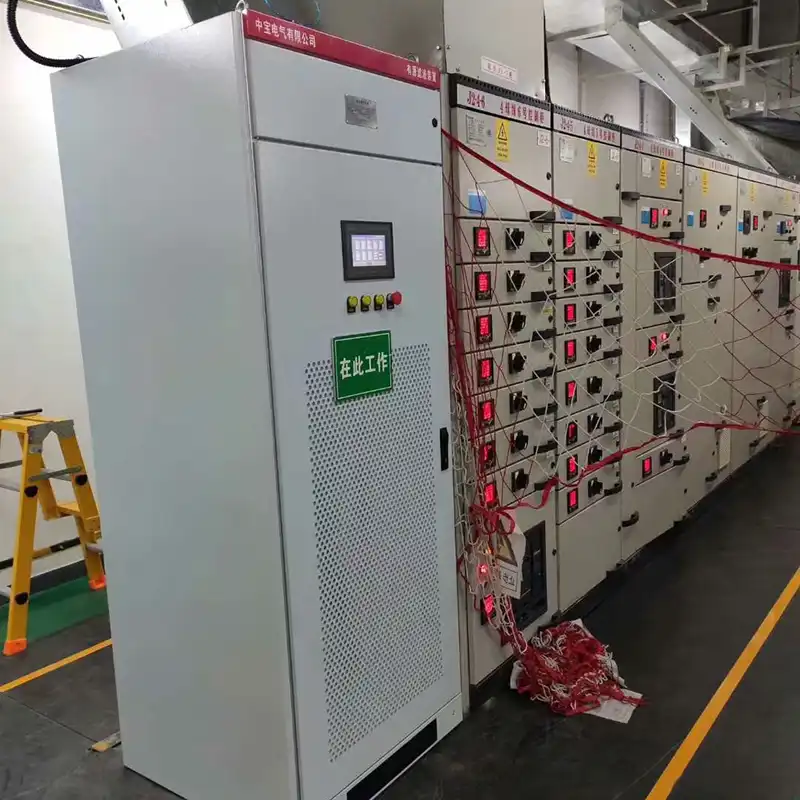What are the effects of harmonics on electronic equipment?
The effects of harmonics on electronics can range from mild to severe, depending on the type of equipment. Most electronic equipment is susceptible to harmonic distortion, which can impact their performance and lifespan.
Electronic Equipment
Power electronic equipment relies on accurately determining the voltage zero crossing or other critical aspects of the voltage waveform. Harmonics can alter the voltage zero crossing point or the point where one phase voltage exceeds another. These shifts can cause electronic circuits to operate incorrectly, as these points are crucial for control.
Medical Equipment
The negative effects of harmonics on medical equipment are particularly severe, as they can put lives at risk. Consequently, many medical devices use line-regulated power and appropriate power quality equipment to ensure safe and effective operation.
Computers and Other Electronic Equipment
Devices like programmable controllers typically require a harmonic voltage distortion factor of no more than 5%, with the maximum single harmonic not exceeding 3% of the fundamental voltage. Exceeding these harmonic distortion levels can lead to equipment failure and, in some cases, serious consequences.

Addressing Excessive Harmonics
If a system has too many harmonics, it is essential to analyze each harmonic situation. Purchasing harmonic filters and placing them as close as possible to the equipment generating the harmonic currents can mitigate these problems. The appropriate harmonic filter should be selected based on the harmonic order.
In other cases, isolating the problematic equipment with an isolation transformer or relocating the non-linear load causing the issue to another switchboard may help eliminate harmonics.
Effects of Harmonics
Harmonics can shorten the lifespan of equipment. If motors and drives are damaged and require replacement before their expected life, the investment in these components may not be fully realized. Harmonics can also cause equipment to overheat, stressing cables and reducing the performance of electrical systems.



